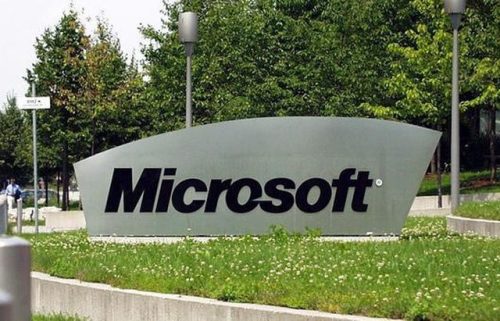In a surprising move towards transparency, tech giant Microsoft has unveiled its Dynamics division's revenue figures, shedding light on its burgeoning success. The division, encompassing sales, marketing, and customer-service software, generated $5.44 billion in the 2023 fiscal year, marking a remarkable 16% year-over-year growth. This achievement doubles Microsoft's overall growth rate, positioning Dynamics as a standout performer within the company's product portfolio.
Though Dynamics is notably smaller compared to Microsoft's flagship offerings like Office, Windows, and Azure, CEO Satya Nadella has been emphasizing its significance. In the recent earnings call, Nadella highlighted that Dynamics has crossed the $5 billion revenue milestone, with individual segments like customer experience, service, and finance, and supply chain companies surpassing $1 billion each.
Dynamics has been gaining momentum at the expense of rivals, especially Salesforce. With its generative AI capabilities, Dynamics has been attracting businesses looking for an edge in automation and efficiency. This has resulted in a surge in migration from Salesforce to Dynamics, with the promise of enhanced technology at a more affordable cost.
Manny Medina, CEO of sales software firm Outreach, affirmed that Dynamics' AI features have been a game-changer, leading to an influx of businesses wanting to integrate into the Dynamics ecosystem. Cost-effectiveness and technological advancements are driving this shift, which suggests a promising path forward for Dynamics' ongoing development.
While Salesforce remains a formidable competitor, it has faced challenges this year, including executive departures and revenue stagnation. Microsoft's push for Dynamics, coupled with its attractive pricing strategies and implementation support, has been compelling enough to tempt prospective Salesforce customers.
Microsoft's Dynamics journey began in 1993 when it acquired Great Plains Software, a North Dakota-based company that developed client-server financial management software. Over the years, Microsoft has steadily expanded Dynamics' capabilities, culminating in its present status as a noteworthy player in the customer relationship management (CRM) market.
As the battle for CRM dominance continues, Salesforce maintains its lead with a market share of 23.8%, while Microsoft's Dynamics holds a 5.3% share. According to IDC, both businesses have increased their market shares since 2019, whereas rivals like Oracle and SAP have seen declines.
Microsoft's push into the CRM market signifies its determination to diversify and strengthen its product offerings beyond its more established divisions. With Dynamics' growing success and Nadella's emphasis on its importance, the future holds exciting possibilities for this once lesser-known division.
As businesses continue to seek efficient automation solutions, Dynamics' journey from its humble beginnings to a significant revenue generator underscores Microsoft's ability to adapt and excel in diverse tech domains.
























